What colour do you want?
I am reminded of a game I have played as a kid, a game with colours. Tipi Tipi Tap, what colour you want? The person says, I want red and everyone would run helter-skelter to find that colour, in the garden, in their clothes, the wall paint or anything that came close to that colour.
As a grown-up, the “what colour you want “ became a regular feature in my choice of attire and accessories.
And as I moved out of my hometown, the “what colour you want “reappeared in a big manner on an annual basis in the form of Holi-the festival of colours ! The colourful festival in the real sense and through its festivities
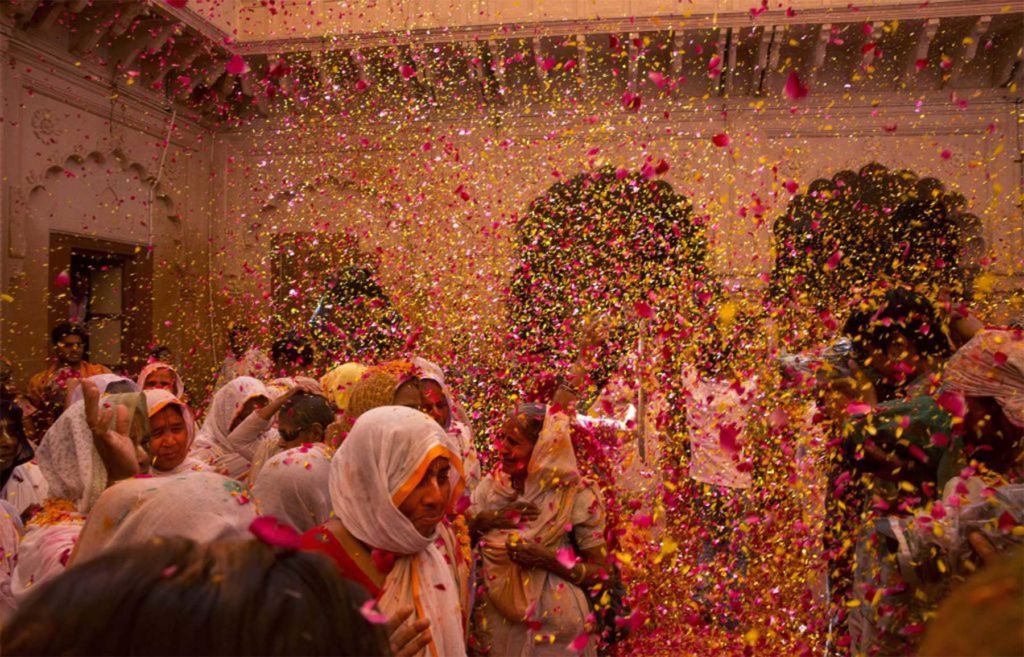
Holi-the festival of colours
Holi marks the end of winter and beginning of spring., which makes the surroundings colourful with the blossoming of flowers. And one finds people either saying “Mohe Rang De” or some just chilling on a holiday on the Holi Day. Now isn’t that all about adding colours to life?
Travelling to different parts of the country, I have had the opportunity of experiencing different shades of Holi. And all these different shades are associated with interesting stories… While the essence of Holi is about the victory of good over evil, it is also about adding more colour to our lives.
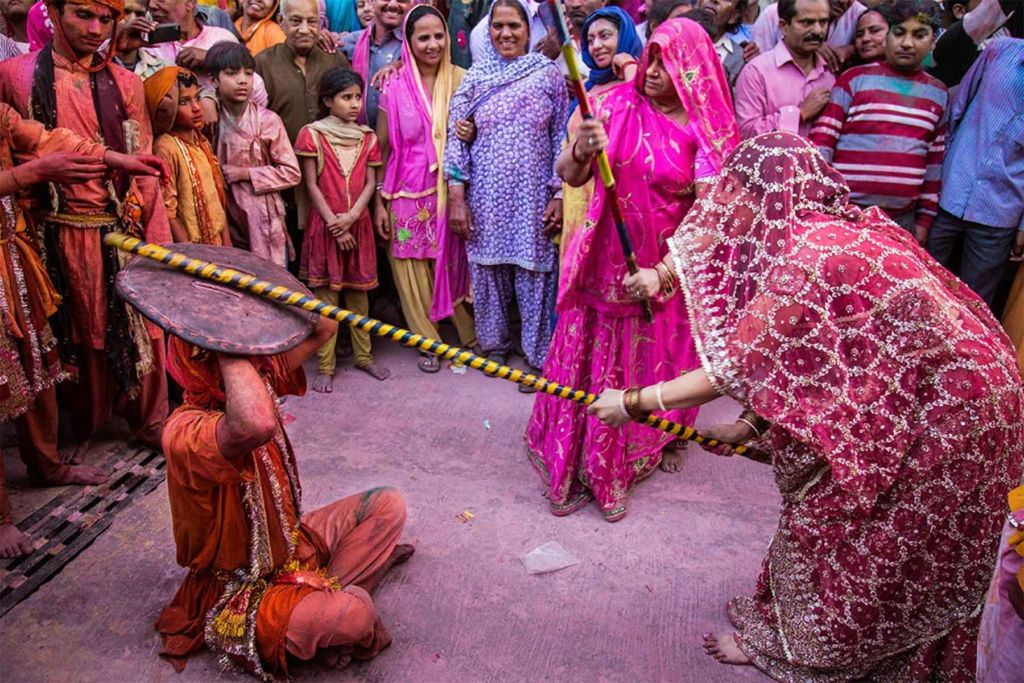 Holi-the festival of colours is celebrated with different names across the country. Rang-Panchami in Maharashtra, in Lathi-maar Holi in Uttar Pradesh, Hola Mohalla in Punjab, Basant Utsav/ Dol Purnima in East to name a few. And with each name comes an interesting tale around the festival.
Holi-the festival of colours is celebrated with different names across the country. Rang-Panchami in Maharashtra, in Lathi-maar Holi in Uttar Pradesh, Hola Mohalla in Punjab, Basant Utsav/ Dol Purnima in East to name a few. And with each name comes an interesting tale around the festival.
The Origin of Holi
As per the legend, Holi derives its name from Holika, who despite being immune to fire, got immersed in flames, while her god-fearing nephew Prahlad survived the pyre. The night before Holi is known as Holika Dahan, a symbolic effigy to commemorate the demise of Holika.
Holi is pretty much a festival for and with Lord Krishna. It is said that Krishna, was very upset about his dark complexion and the fact that Radha was fair-skinned. To pacify little Krishna, his mom Yashoda, asked him to colour Radha’s face in any colour of his choice. This small prank played by Krishna on Radha and other Gopis became an annual festival of love and affection. It is said that they mixed the flowers and leaves of the forest to create coloured water and poured it on each other.
Holi and the Krishna Connection
There is more to the Krishna connection. It is said that Krishna was from Nandgaon village and Radha used to live in Barsana. Krishna loved visiting Radha and playing pranks on her and her friends. And it would usually end up in Radha and Gopis driving Krishna out of the village with sticks (lathis).
This probably is the genesis of Lathmar Holi, and it lives up to its name even today-a festival of sticks and colours. Every year, the men are greeted with sticks and they try to shield themselves from the attacks.
Another beautiful version of Holi known as Phoolon wali Holi ( Floral fest) is played in Mathura. There are no artificial dry or we wet colours, but the real heroes of this festival are the flowers, rose, marigold, lotus, etc. Phoolon Wali Holi celebration is a short-lived event that lasts for only half n hour or so in Bankey Bihari temple. The temple priest and devotees shower flowers on each other and celebrate the festival of colours in a different style.
The festivities take place at the Radha Rani temple in Barsana, which is said to be the only temple in the country that is dedicated to Radha. This festival was recreated in the Bollywood film, Toilet,
The colours used during Holi themselves have different meanings. The red colour is about love and passion, green in for spring, blue is for Krishna, yellow is for spring and so on . No wonder Holi – the festival of colours in true sense and has a deep philosophy attached to it .
Manipur has a unique way of celebrating Holi. It is known as Yaosang and it connects the past with the present. It is celebrated over 6 days and the festivities link it back to its ancient roots. The word Yaosang means a small hut for keeping sheeps. An image of Chaitanya Mahaprabhu, the founder of Gauda Vaishnavism, is kept inside the thatched hut and offerings are kept alongside. In thr evening once all rituals are completed the image is removed and the hut is set on fire. Sounds similar to the Holika Dahan from North India. It is interesting to see how an ancient tribal festival and a celebration of Vaishnavism comes together keeping intact the essence of both
An element of this festival is the ‘Thabal Chongba’ or dancing in the moonlight, where people dance to the rythmic drum beats. Now a days there are various sports organised during Yaosang. A great example of trend and conservation.

While the festival has many versions across the country, playing with colours remain a common thread across. And also the varied flavours of food and drinks that are a part of the festivities are a common feature of Holi celebrations.
By the way, the Spanish festival ‘La Tomatina’ is very similar Holi, the only difference being that the colours are replaced by tomatoes.
Now I am back to my original question “What colour you want” this Holi ? Well, I want natural colours, environment-friendly colours, and above all the real colours of love and affection. Happy Holi !
For more such cultural experiences in India, you could take a look at the article on the places of cultural interest in India. Or maybe the places of spiritual significance in India?
In case you are keen on experiencing Holi and other festival , you could take a look at the itinerary of spiritual India and cover the festival as a part of this itinerary provided the time of travel matches :).
India is not just about spirituality. There are many more facets to this ancient land – culture, mystery, history, nature, wildlife and so on. Read more about how the different facets of India travel are celebrated here…
To know more about such unique traditions of India click here

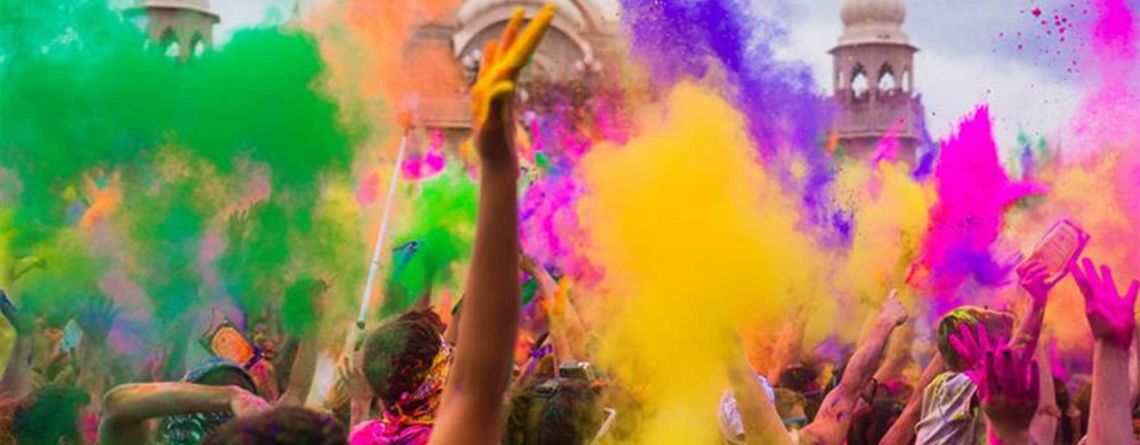
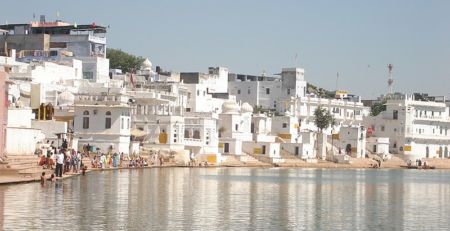

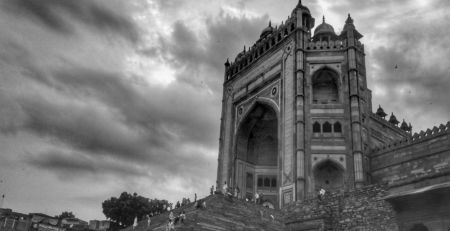


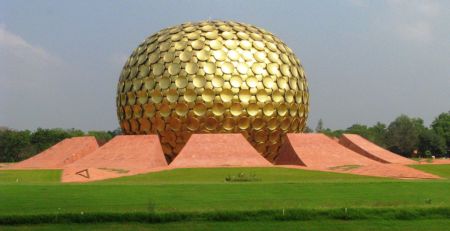
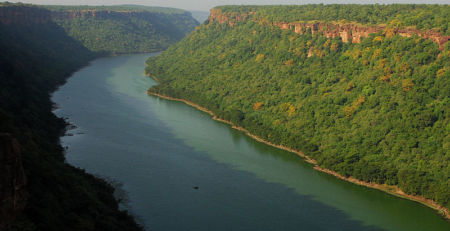
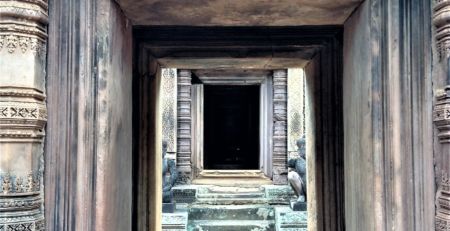

Leave a Reply